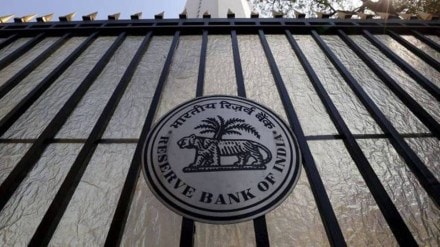The RBI on Thursday issued first loss default guarantee (FLDG) guidelines for digital lenders. The central bank has allowed a 5% default loss cover for bank-fintech deals. The RBI had earlier specified that banks and NBFCs must abide by securitisation norms before entering into any guarantee arrangement.
Subject to certain guidelines, the RBI has decided to permit arrangements between regulated entities and lending service providers or between two regulated entities involving default loss guarantee. The limits are aimed at reining in the risk of large slippages in tie-ups between lenders and fintechs.
The default loss arrangements must be backed by an explicit, legally-enforceable contract between the regulated entity and the default loss guarantee provider like a digital lender. The contract must contain the extent of default loss guarantee cover, the form in which default loss guarantee cover is to be maintained with the regulator, and timeline of default loss guarantee cover.
The popularity of FLDG rose among fintechs as it allowed them to onboard more banks and non-bank lenders and enabled them to cater to the under-banked segment. The arrangement offered security to these regulated entities in instances where loans go bad.
“FLDG, or first-loss default guarantee, arrangements between lenders and digital originators of credit allow banks and NBFCs to expand their origination net into areas in which they may not be present, segments they don’t understand fully,” says NIRO co-founder and CEO Aditya Kumar. “Such partnerships provide mutual comfort to originators, as well as the balance sheets funding these assets, by enabling partners to share economics beyond distribution revenues,” he added.
